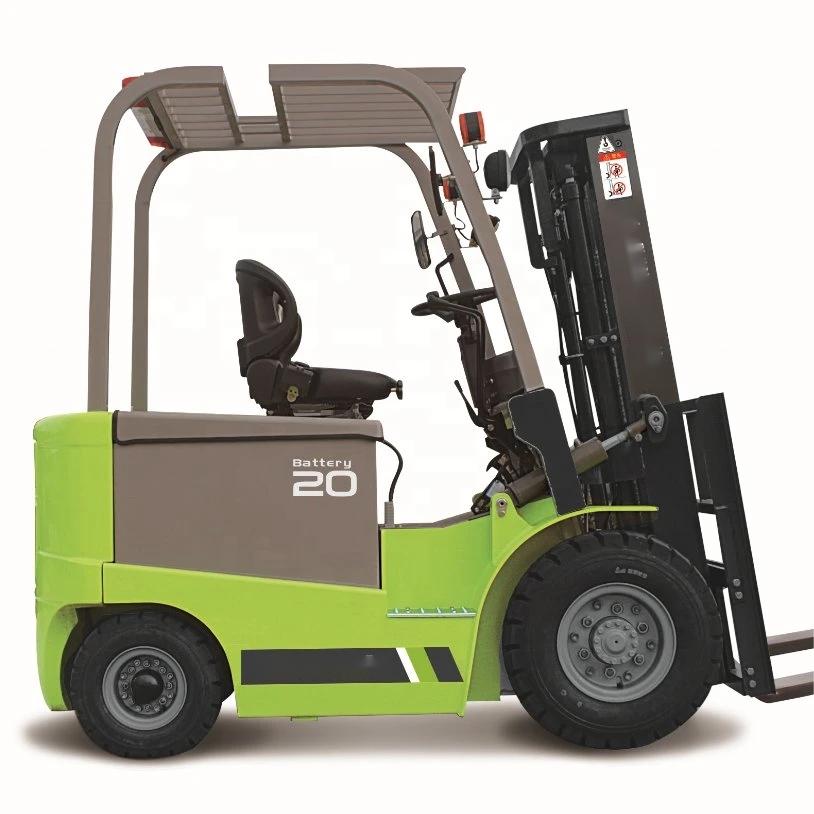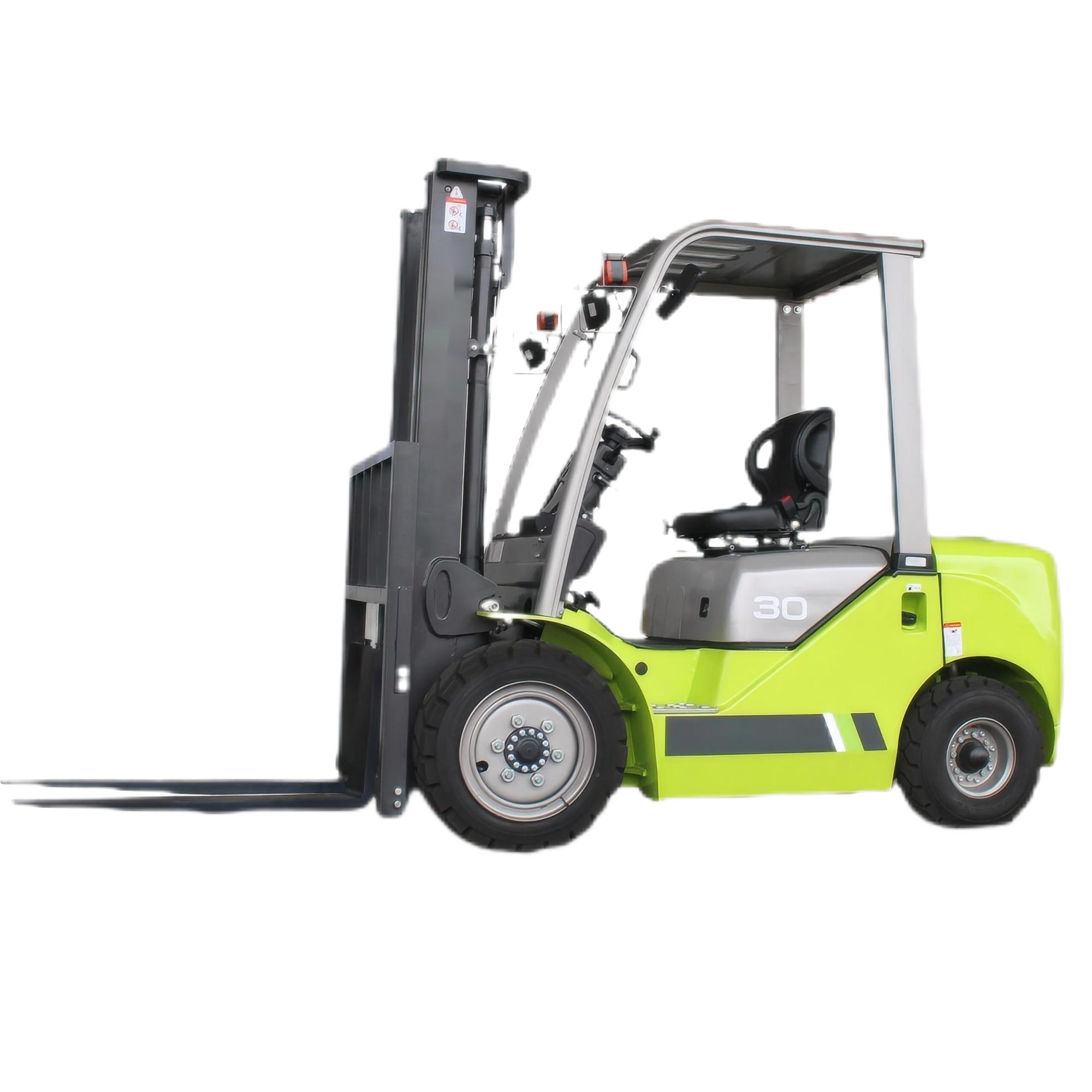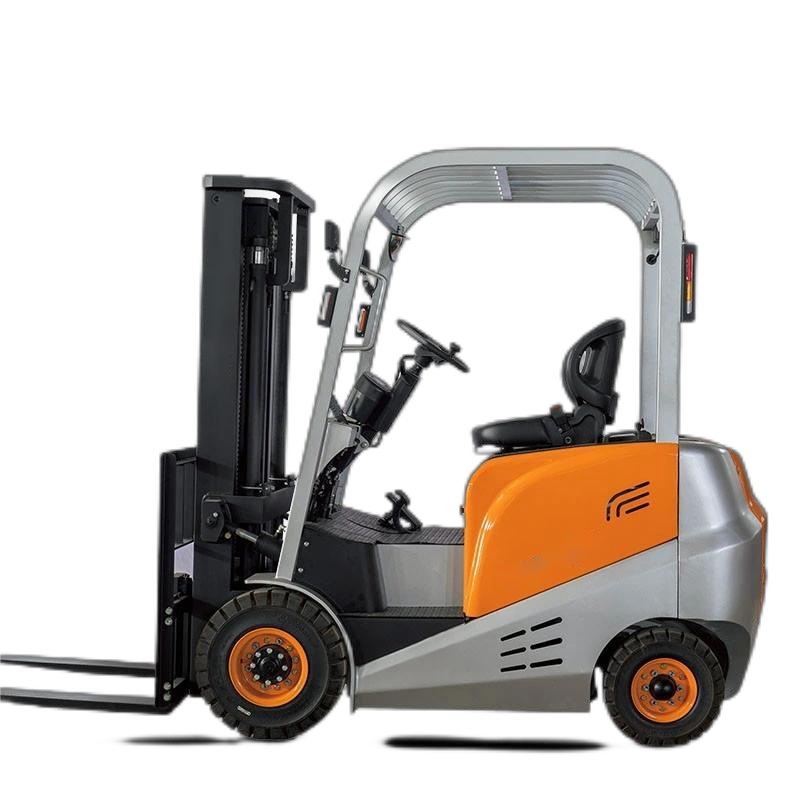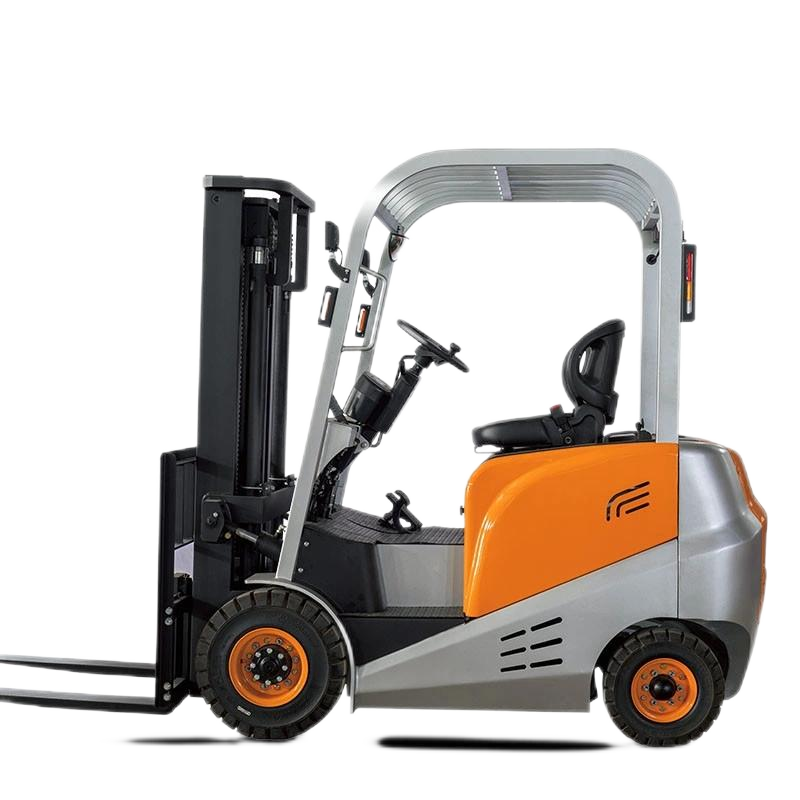The following is a detailed tutorial on the maintenance of electric forklifts, compiled in combination with the latest industry specifications and actual measurement cases:

I. Daily Inspection (Daily/Per Shift)
Battery System:
Check whether the battery power is sufficient (it is recommended to maintain the battery power between 20% and 80%). For lead-acid batteries, check the electrolyte level (with a density of 1.28g/cm³) and replenish distilled water.
Clean the surface of the battery and the terminals, apply vaseline to prevent oxidation, and check whether the cable connections are secure.
Mechanical Components:
Check the tire pressure (5-7kg/cm² for solid tires and according to the standard value for inflated tires) and the wear condition, and remove foreign objects from the tire tread.
Check the tightness of the fork chain (the sag amount ≤ 20mm), and confirm that the lifting/tilting movements of the mast are smooth without abnormal noises.
Electrical System:
Test whether the lights, turn signals, reversing buzzer, etc. are normal, and check that there is no fault alarm on the instrument panel.
Battery System:
Check whether the battery power is sufficient (it is recommended to maintain the battery power between 20% and 80%). For lead-acid batteries, check the electrolyte level (with a density of 1.28g/cm³) and replenish distilled water.
Clean the surface of the battery and the terminals, apply vaseline to prevent oxidation, and check whether the cable connections are secure.
Mechanical Components:
Check the tire pressure (5-7kg/cm² for solid tires and according to the standard value for inflated tires) and the wear condition, and remove foreign objects from the tire tread.
Check the tightness of the fork chain (the sag amount ≤ 20mm), and confirm that the lifting/tilting movements of the mast are smooth without abnormal noises.
Electrical System:
Test whether the lights, turn signals, reversing buzzer, etc. are normal, and check that there is no fault alarm on the instrument panel.
II. Regular Maintenance (Performed According to the Cycle)
Cycle Maintenance Content:
Weekly - Clean the surface of the battery and the terminal posts, and lubricate the mast guide rails, bearings and chains.
Cycle Maintenance Content:
Weekly - Clean the surface of the battery and the terminal posts, and lubricate the mast guide rails, bearings and chains.
- Check the thickness of the brake pads and the brake fluid level.
Monthly - Replace the hydraulic oil (it is recommended to use ISO VG32 hydraulic oil) and clean the fuel tank, and check the wear condition of the motor carbon brushes. - Tighten all the bolts of the vehicle, and focus on checking the bolts fixing the hubs and forks.
Quarterly - Test the insulation of the electrical circuit, and calibrate the angle of the steering system and the braking force. - Clean the cooling fan and the ventilation ducts to prevent overheating.
Annually - Entrust professionals to detect the performance of the motor and the parameters of the electronic control system, and replace the hydraulic oil filter element and the air filter. - Conduct a load test to verify the load-bearing stability of the mast.
III. Special Maintenance of Key Components
Battery System:
For lead-acid batteries, avoid over-discharging (charge when the remaining power is 20%), and recharge it monthly if it is not used for a long time; for lithium batteries, avoid storing them in high-temperature or low-temperature environments.
Let it stand for 30 minutes after charging before using it to prevent overcharging; the charging cycle is 4-6 hours, and the temperature should not exceed 50℃.
Hydraulic System:
Replace the hydraulic oil and the filter element every 500 hours, check the tightness of the pipelines to prevent oil leakage.
The normal range of the hydraulic oil pressure is 12-15MPa, which needs to be detected regularly.
Braking System:
Test the braking sensitivity every quarter, replace the brake pads whose wear exceeds the limit, and replenish the brake fluid.
Battery System:
For lead-acid batteries, avoid over-discharging (charge when the remaining power is 20%), and recharge it monthly if it is not used for a long time; for lithium batteries, avoid storing them in high-temperature or low-temperature environments.
Let it stand for 30 minutes after charging before using it to prevent overcharging; the charging cycle is 4-6 hours, and the temperature should not exceed 50℃.
Hydraulic System:
Replace the hydraulic oil and the filter element every 500 hours, check the tightness of the pipelines to prevent oil leakage.
The normal range of the hydraulic oil pressure is 12-15MPa, which needs to be detected regularly.
Braking System:
Test the braking sensitivity every quarter, replace the brake pads whose wear exceeds the limit, and replenish the brake fluid.
IV. Operation Specifications and Safety
Safe Operation:
Disconnect the power supply before maintenance and wear protective gloves; open flames are prohibited in the charging area, and keep the area ventilated.
Avoid sudden acceleration or sudden braking, the load should not exceed 80% of the rated load, and keep a low speed when driving on a slope.
Record Management:
Establish a maintenance file, record the results of each inspection, the replaced parts and the battery charging cycle count to facilitate the tracing of faults.
Safe Operation:
Disconnect the power supply before maintenance and wear protective gloves; open flames are prohibited in the charging area, and keep the area ventilated.
Avoid sudden acceleration or sudden braking, the load should not exceed 80% of the rated load, and keep a low speed when driving on a slope.
Record Management:
Establish a maintenance file, record the results of each inspection, the replaced parts and the battery charging cycle count to facilitate the tracing of faults.
V. Professional Maintenance Cycle (Hierarchical Maintenance)
Level Cycle Maintenance Content
First-level Maintenance 250 hours - Inspection of all fasteners of the vehicle
Level Cycle Maintenance Content
First-level Maintenance 250 hours - Inspection of all fasteners of the vehicle
- Detection of hydraulic system leakage
- Measurement of the thickness of the brake pads
Second-level Maintenance 1000 hours - Replacement of the hydraulic oil filter element - Comprehensive inspection of the steering system
- Insulation test of the electrical circuit system
Conclusion: Through systematic maintenance, the service life of the electric forklift can be extended by more than 30%, and the failure rate can be reduced by 40%. It is recommended to implement it in combination with the "Product Use and Maintenance Manual", and there may be special requirements for different models.








